Affiliate links on Android Authority may earn us a commission. Learn more.
Google is making all the right moves with the Pixel Tablet
Published onNovember 6, 2022
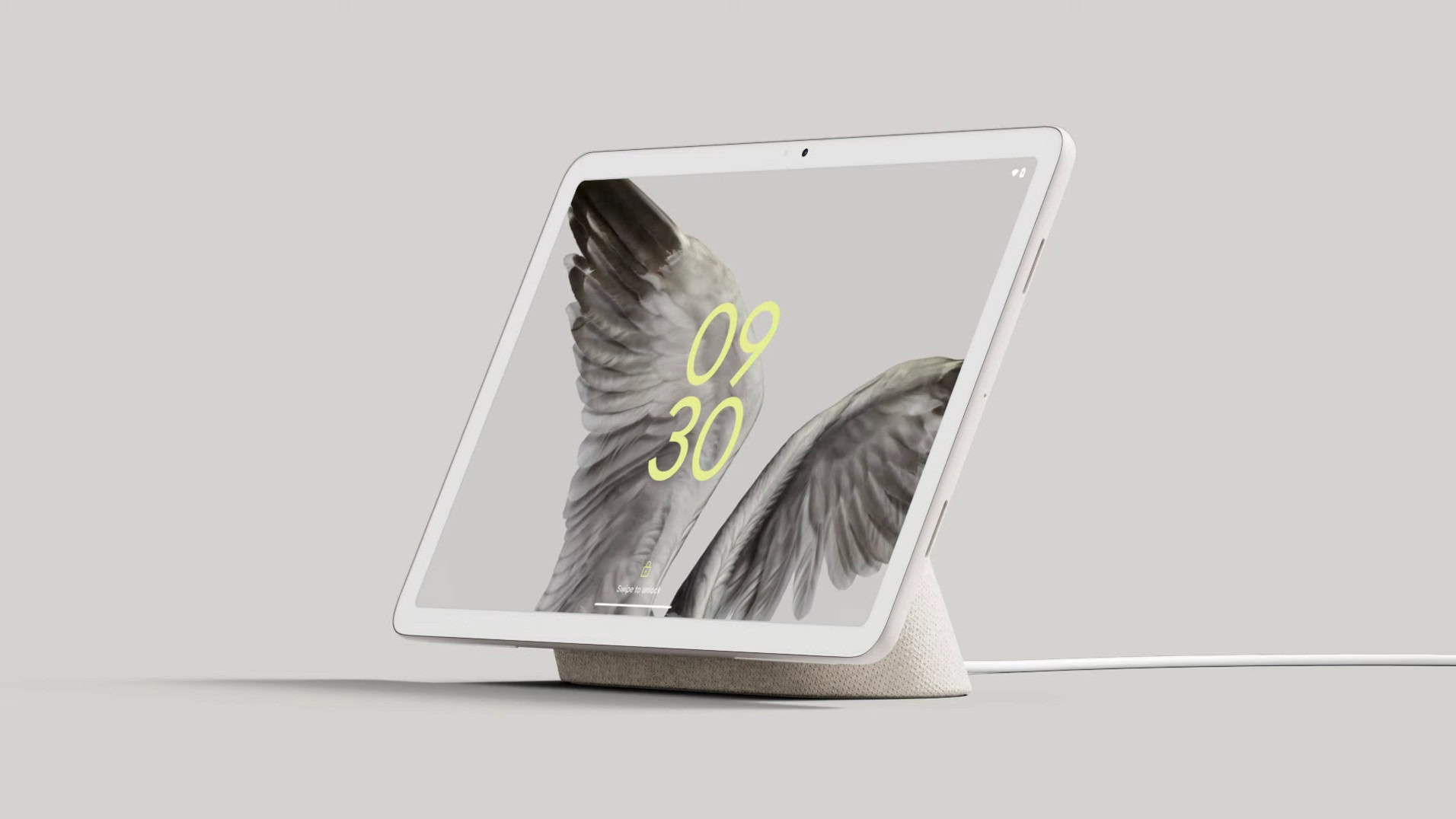
Google’s tablet ambitions haven’t been a secret. The recently teased Pixel Tablet is just the latest in Google’s long line of attempts at cracking the elusive smart slate market. However, instead of taking the same formulaic approach to tablets, Google appears to be building something completely different.
By positioning the Pixel Tablet as a competent tablet that also doubles up as the center of your smart home, Google is giving it a unique proposition. Here’s why I’m convinced it is Google’s best chance at making its tablet a mainstream success.
Would a smart display dock option (adding a speaker and power) make the Pixel Tablet more appealing to you?
Tablets are a luxury, and smart home integration can make them more useful
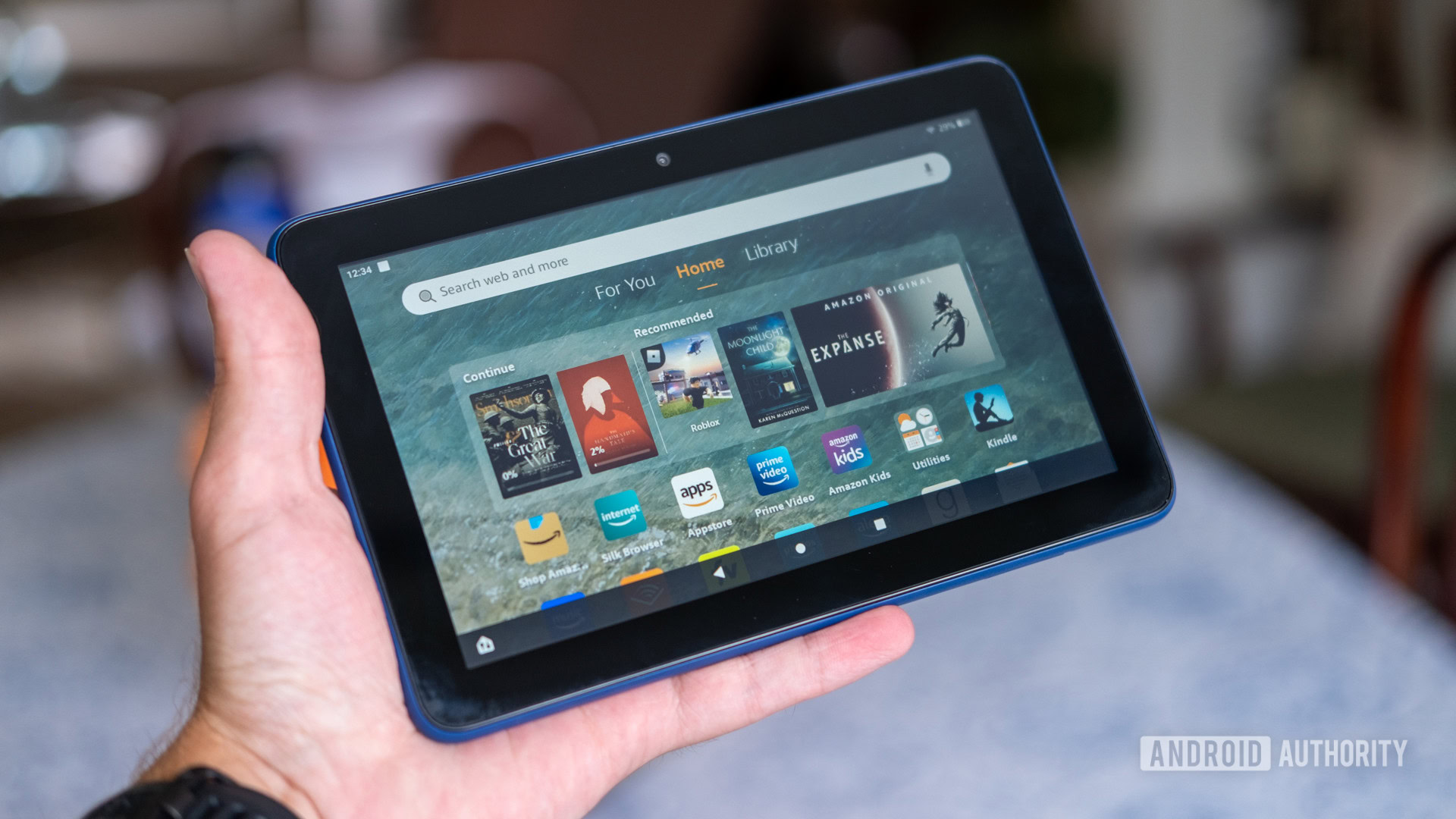
I’ve tried many tablets over the years. While I loved the Nexus 7‘s diminutive profile, the bite-sized tablet rarely, if ever, left my desk. I’d occasionally use it to check RSS feeds or catch up on social media. Once in a while, I’d use it for streaming video content, but it mostly just sat there till it ran out of charge. When it finally came time to set it aside, I struggled to find a use case to justify picking up another tablet.
Years later, my iPad Air does mostly the same. I use it as a secondary display for glancing at task lists or going through RSS feeds. If I’m feeling a bit adventurous, I’ll slap it to the Magic Keyboard case I spent too much money on and work from a coffee shop. However, for the most part, it never steps out of my home. I’m not alone in this.
Polls suggest most users rarely take their tablets outdoors.
A recent report suggests that only 12% of users take their tablets outside their homes. On its Pixel Tablet teaser page, Google reiterates much of the same. Tablet usage is, understandably, dramatically lower than smartphones, and with phone displays reaching mini-tablet proportions, it doesn’t make sense for most people to carry two devices. Meanwhile, the emergence of foldable smartphones is expected to drive down the usage of dedicated tablets further.
Moreover, tablets are often communal accessories, and it isn’t unusual to see a tablet being shared by multiple family members in a household. By positioning the Pixel Tablet as a central smart home accessory instead of a personal tablet, Google is clearly aiming for a much wider audience. More so at a time when the demand for tablets is slowing down globally.
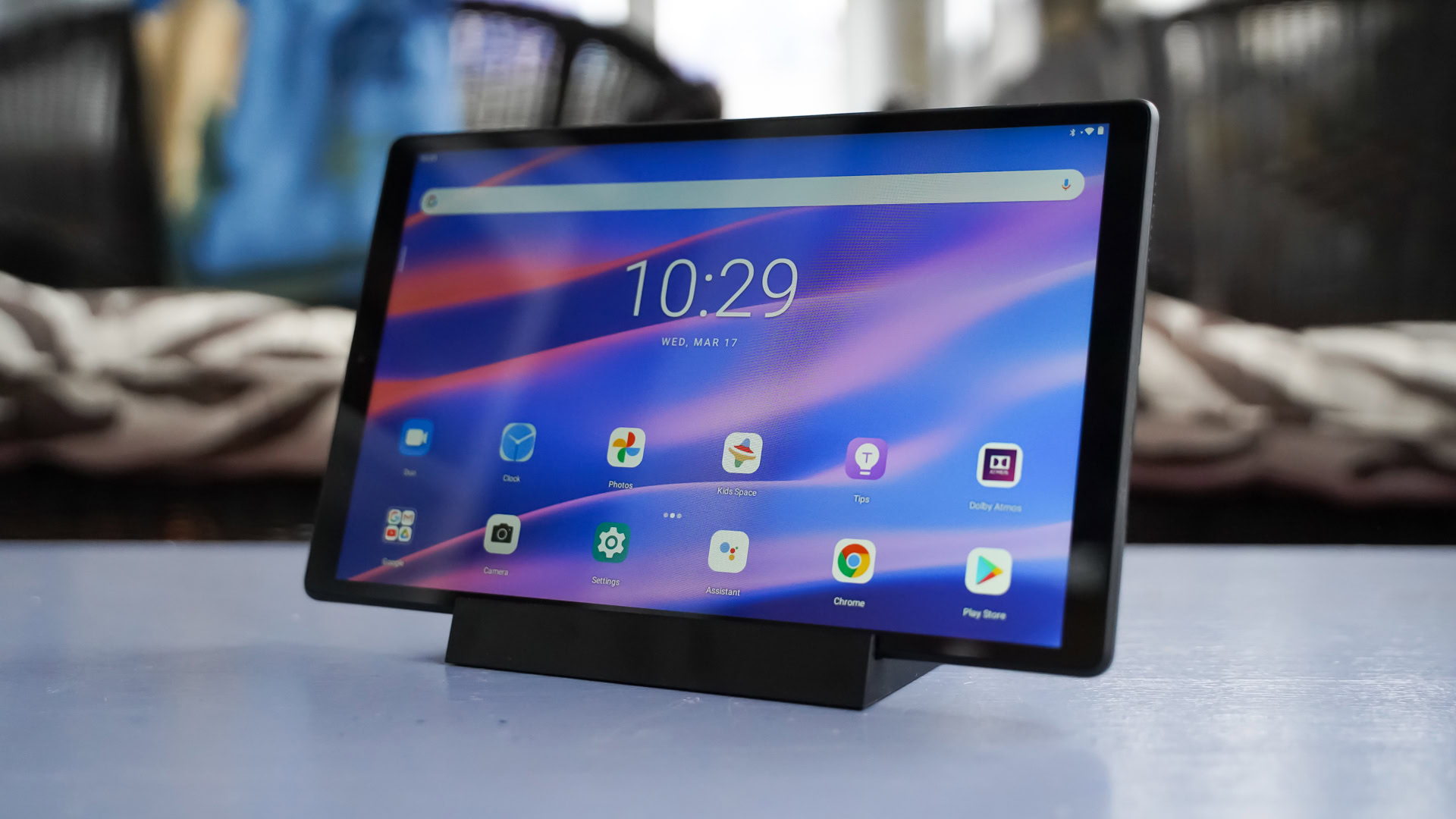
Positioning a tablet as a smart home hub isn’t an entirely new approach. Amazon has been marketing its Fire Tablets as pseudo-Echo Show devices for a while now. It’s a functional approach, but the entire experience can leave you wanting. Similarly, Lenovo’s Google Assistant-powered Smart Tab M10 serves double duty as a smart display. However, a budget tablet rarely enables high-quality ambient computing experiences.
A tablet as a smart home hub isn't a new idea, but the Pixel Tablet will likely do it better.
Doubling down on the tablet as a central smart hub device gives the Pixel Tablet a unique dual purpose, and much of that is down to Google’s implementation. Unlike Lenovo and Amazon, Google is clearly building the Pixel Tablet to be a first-class smart display, which could be the key differentiator.
For one, the speaker and charging dock is bound to give it significantly better audio capabilities. While most tablets sit away in a corner or on a table, the Pixel Tablet on its dock would use its high-quality display to show off images from your Google Photos library — while being charged. And that’s just the start. The combination of powerful internals and a full-blown operating system should give it headroom to enable many more interesting experiences.
The combination of high-powered internals and a full-blown operating system should enable high-end ambient computing experiences.
If you’re anything like me, your tablet likely sits around on a coffee table or bookshelf. I often find it running low on charge when I actually need it. Giving the Pixel Tablet a fixed home base and more purposes around the home would solve both of those problems.
It’s all about the form factor
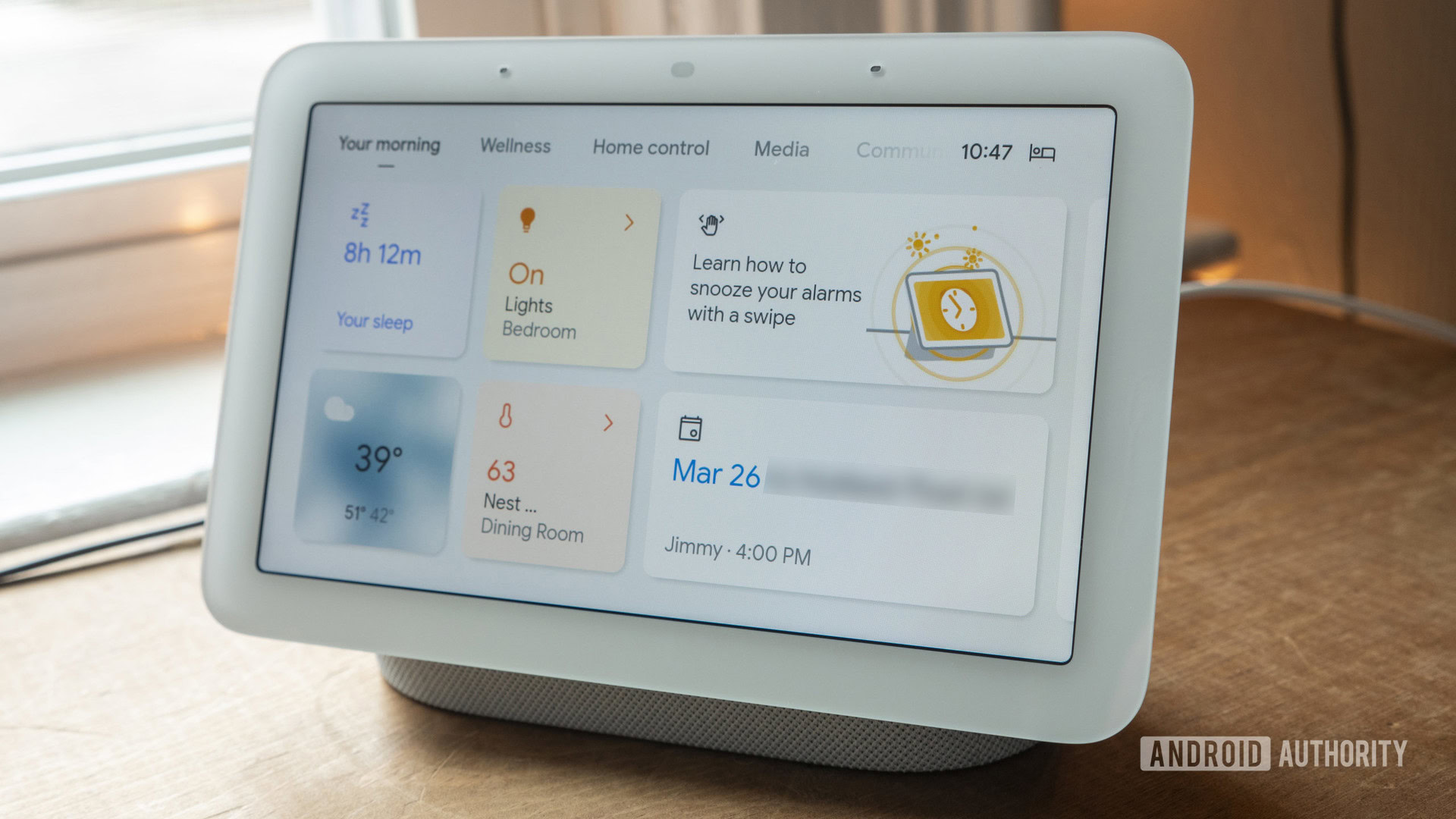
Interestingly enough, I’ve often wanted to pick up the Nest Hub sitting by my desk. The instant reachability, home control-centric display, and a decent set of speakers make it infinitely more useful to me than a tablet. Tack on a web browser and support for basic apps, and the Nest Hub would cover most of the use cases I need a tablet for. Seemingly, someone at Google had the same train of thought.
The Pixel Tablet's dock-based form factor encourages reachability and intermittent access.
The Pixel Tablet and its docking base are clearly built for reachability and intermittent access. Pick it up when you need to adjust the smart lights, and drop it back on the dock. Plop it off the speaker whenever you want some Netflix and chill time, then back to the charger it goes.
Moreover, much as I love the Nest Hub, I’ve found it hard to justify placing multiple units around my connected home. The Pixel Tablet’s smart home leanings instantly make it an easy sell to me. Being able to carry it along with me across the various living spaces makes it much more useful as a smart hub, and I’m willing to bet many others would be happy to pay a premium for it.
The modular approach is great for those looking to declutter and solve two problems with one device.
I don’t know about you, but I’m all for reducing clutter in my living space, and between my Nest Hub and tablet, I know which one gets more use. Combine the two, and you’ve got the perfect modular approach.
Addressing a mid-range-sized gap in the market
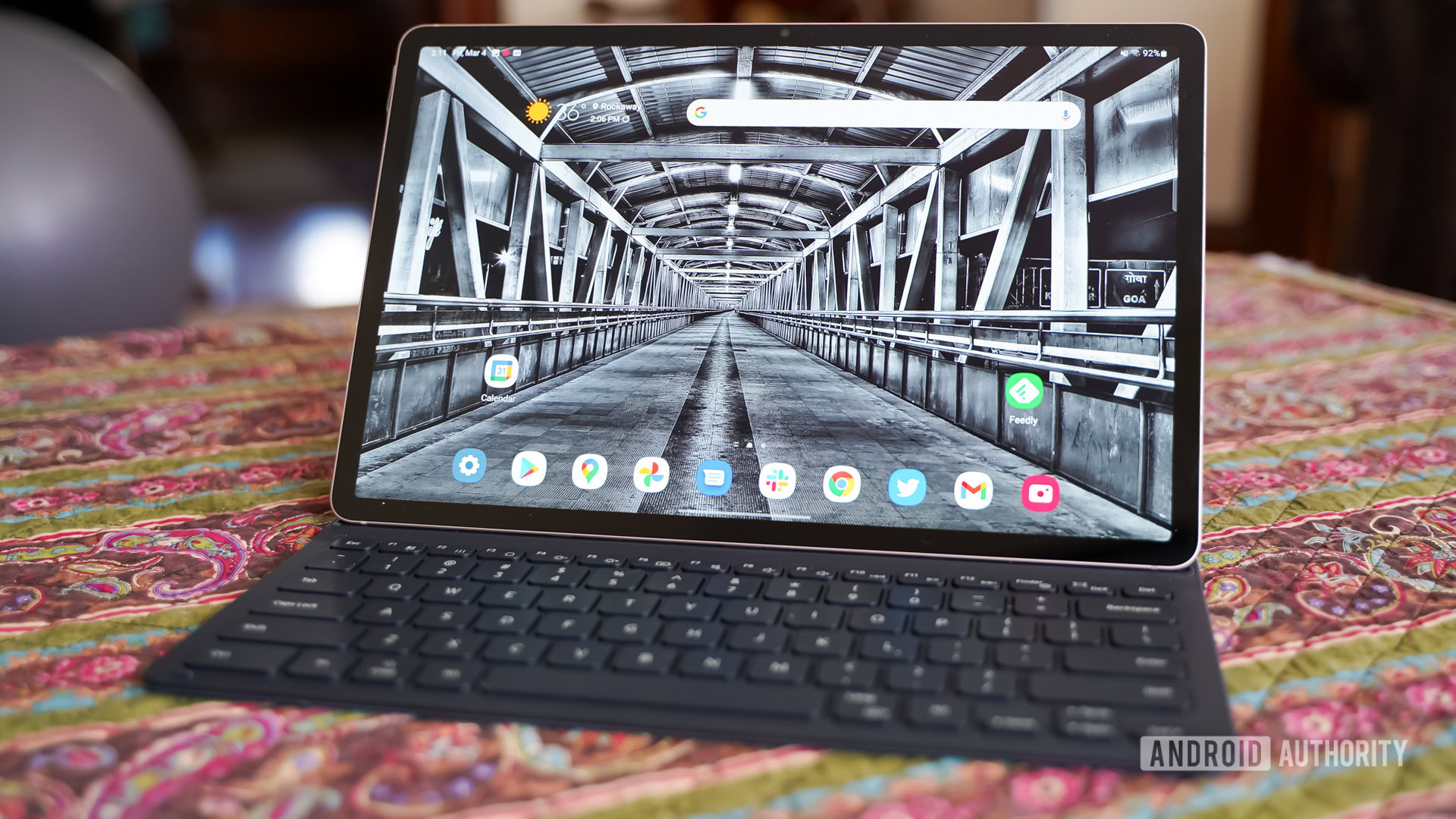
Google’s approach to solving two problems with one solution has a distinct added advantage. The global tablet market sits at two opposite ends of the spectrum. Apple’s iPad portfolio is clearly aiming for a more premium audience. However, maximum sales tend to be in the barebones, budget tablet segment. There’s a midrange-sized hole in the market that Samsung has tried to fill without providing a real purpose, and the Pixel Tablet can be a shoo-in — just like the Pixel 7.
The Pixel Tablet could easily fill the gulf between Samsung's premium tablets and a wide array of budget options.
The Pixel Tablet could incentivize buyers to splurge beyond budget tablets. It makes no pretense about being a professional-focussed high-end machine, nor does it need to. A professional tablet is just a high-end Netflix machine without a compelling pro-focussed app ecosystem — something the Android tablet ecosystem has struggled with. The only reason Samsung’s high-end Galaxy Tabs stand out is because of Samsung’s software ecosystem. The Pixel Tablet is, instead, all about giving the audience what it wants. Focussing on the mundane, everyday use cases gives it a shot at being different where it matters.
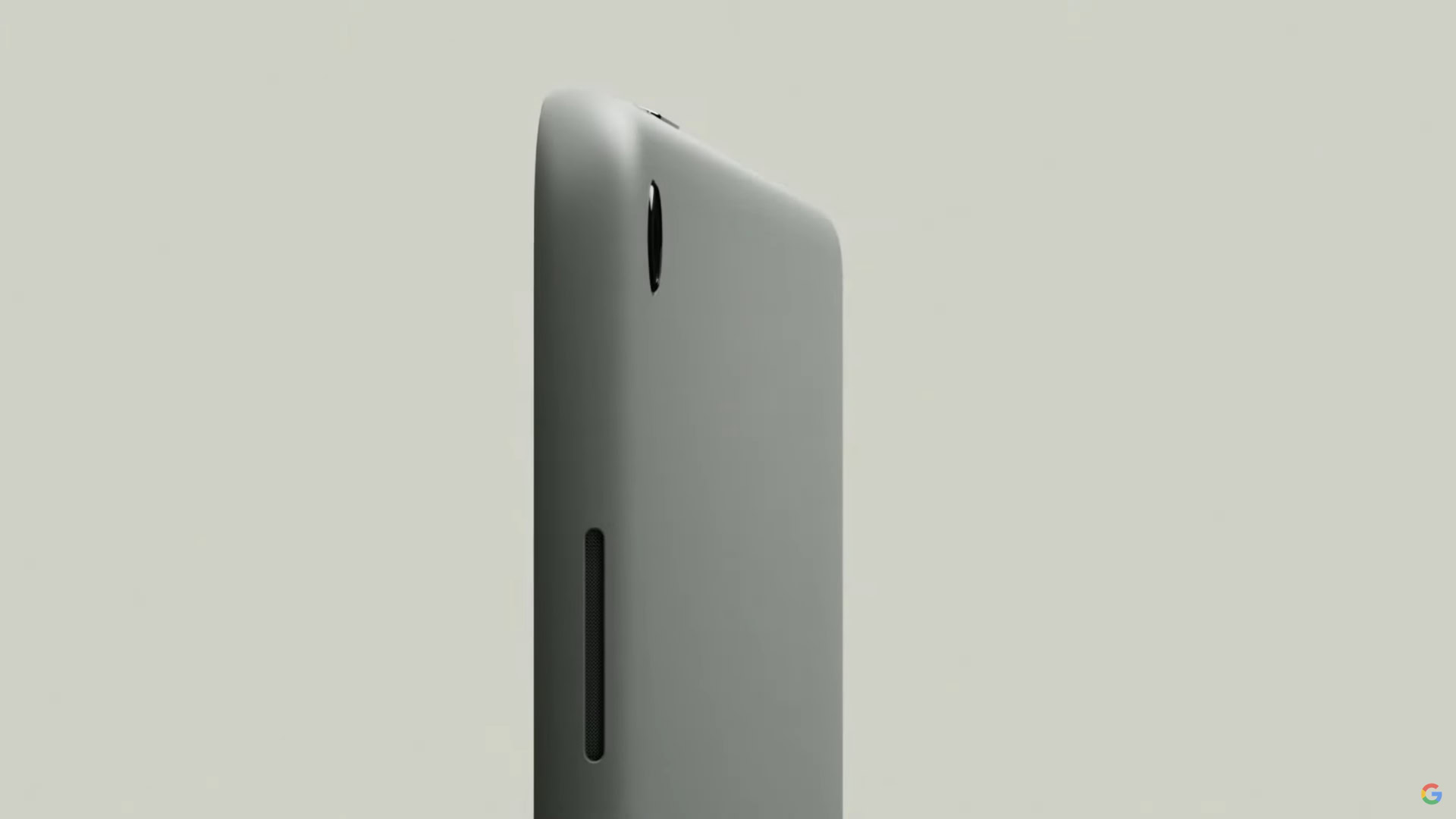
Looking at the broader Pixel series, it’s clear as day that Google is happy to play between the mid-range and premium price segments. If Google can replicate that same pricing strategy with the Pixel Tablet, it could have a winner on its hands.
Despite its dual purpose design, the Pixel Tablet will need to nail the pricing to have any chance at success.
Google’s hardware strategy indicates that it is content to sit in the sub-flagship tablet space. Using the same Tensor G2 processor as the Pixel 7 smartphones will allow it to leverage economies of scale and use the same machine learning smarts that its phones have excelled at. Similarly, the sizeable bezels, polycarbonate build, and a lack of multiple cameras all point to a device built to hit a certain price point. In my opinion, that’s the right approach for the Pixel Tablet to have any chance at success.
The timing, too, works out great. Previous tablet efforts have suffered from the lack of software developed ground-up for a large screen. Google needs the Pixel Tablet to be a first-class Android-based tablet; it already claims that the Pixel Tablet will be the best way to experience Android on a large screen. With Android 12L‘s tablet-focused optimizations, it should hopefully have the software needed to back up that claim.
The Pixel Tablet is Google’s best (last) chance at leaving a mark in the tablet space
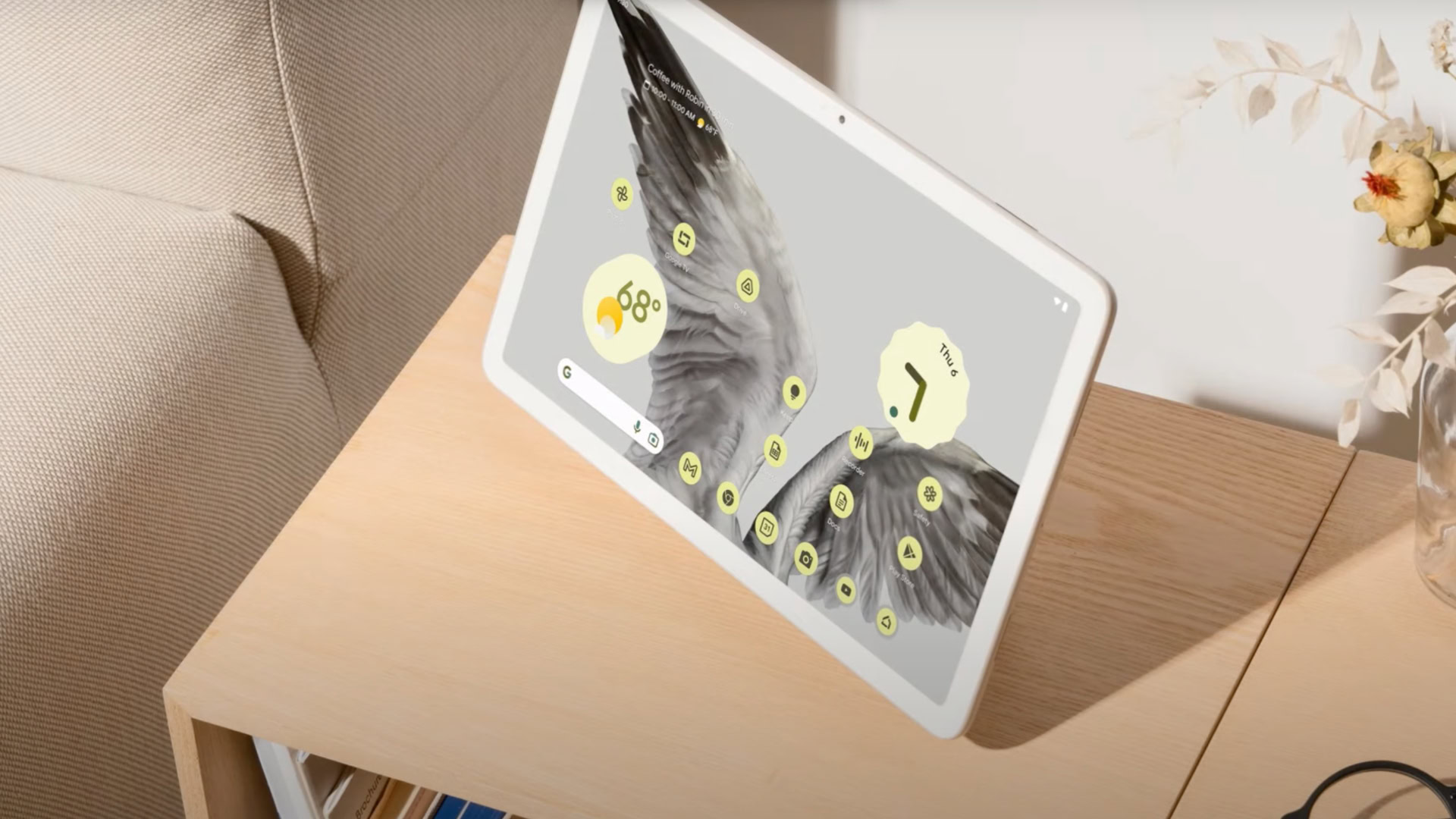
From what we know so far about the Pixel Tablet, it looks like Google’s product team has finally got the memo. Bridging the Pixel Tablet with the brand familiarity of the Nest ecosystem and a secondary use case makes a reasonably priced product all the more appealing.
The brand familiarity of the Nest ecosystem could give the Pixel Tablet a much-needed shot in the arm.
With a clear, concerted direction, and an even more defined focus on everyday usability, the Pixel Tablet appears to have all the right ingredients for success, especially for someone like me who remains skeptical about the need for a dedicated tablet.
As a bigger and hopefully better Nest Hub, it can be the center of my smart home ecosystem. When I need a tablet, I no longer need to hunt for it on the bookshelf and hope it’s charged. On paper, the Pixel Tablet ticks all the right boxes for me as a casual user. I have a feeling it’ll be the right fit for many other users too.
Continue reading: The Pixel Tablet could be the future of smart home displays